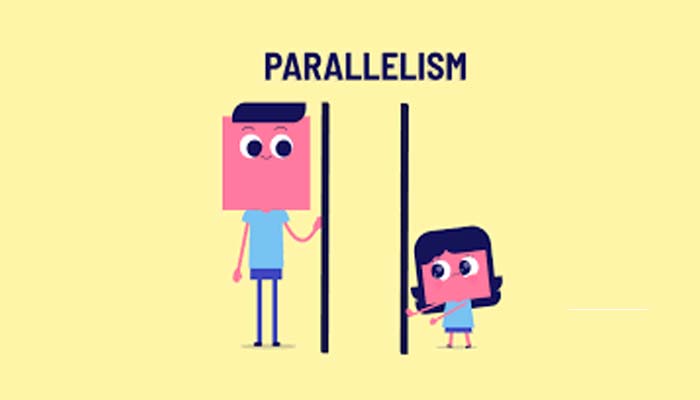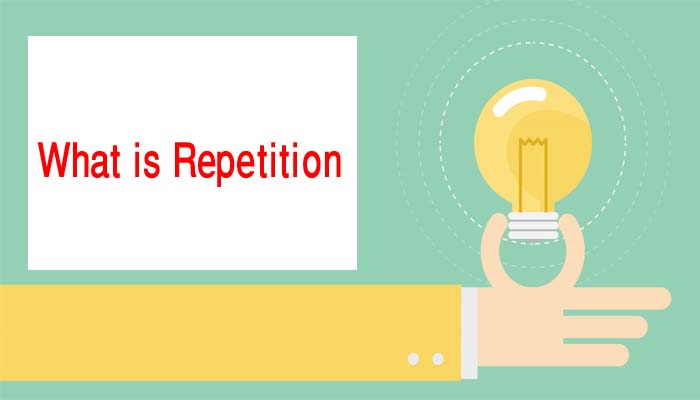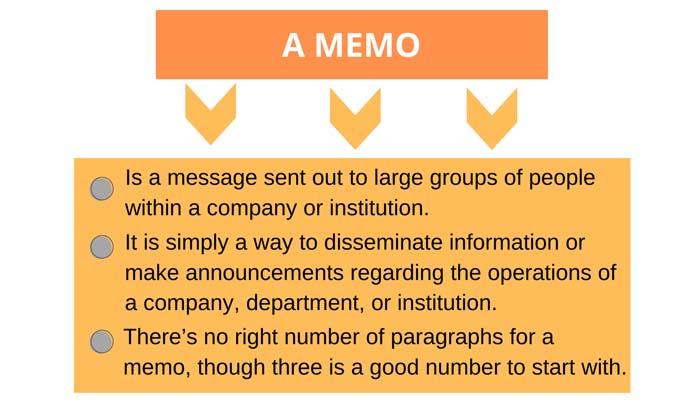
The Beauty Myth Summary. Women all over the world nowadays are frequently bombarded by images that make them look continuously over their beauty mirror to see whether they have lost that extra weight, have the right-sized thighs, in addition to a shiny, colourful, straight hair and white, soft and radiant complexion.
TV shows, such as the program “Extreme Makeover” or “The Swan” or just the short and intriguing TV and magazine advertisements of “Ponds Whitening Cream” or the ideal “Wella Colored Hair” have made women envy of other women’s bodies because their own.
Almost all women feel that their skin needs to have that extra white radiance and their hair needs a tint of blond, brown, burgundy red or just a simple bluest black.
This is caused by the fact that the image of a “perfect” woman is usually a gorgeous blonde, although sultry brunettes, redheads and exotic women of colour are also shown.
The ideal woman is tall and willowy, weighing at least 20% less than what her height requires. She rarely looks older than 25, has no visible flaws on her skin, and her hair and clothes are always immaculate.
Why is the beauty myth so enticing that women would give more than anything to be as close as that image of perfect beauty?
The book, The Beauty Myth: How Images of Beauty Are Used Against Women, discusses how those TV and magazine images have harmed many women.
No longer does the word “beauty” makes a woman proud but it is a weapon to make her feel bad because she could not live up to the ideal beauty shown in those media.
To become thin, pert, and youthful is something that nowadays becomes an unhealthy aspiration. Naomi Wolf’s book explores six areas of life in which problems result from the beauty myth that exists around the world.
The Beauty Myth Summary
In WORK, the author details the way the concept of beauty can be used to discriminate against women in the workforce. If women are too pretty, they are not taken seriously.
This is like what happened in one 1986 case, where a woman lost a sexual harassment claim because she dresses too beautifully.
She lost because “her beauty in her clothes was admitted as evidence to prove that she welcomed rape from her employer!”.
Yet, if women are not pretty enough, they can legally be fired for being too “businesslike” and not “feminine” enough.
For example, a woman felt there was no point in doing her job well when she was once told by her supervisor that he was very happy with her work but that “she needed some improvement from the neck up”
Then again, if women are too pretty and attractive in their attire, it becomes their own fault when they are sexually harassed.
Read: 5 strong characteristics of GTM
In CULTURE, it is shown that ever since a child, a girl is taught that stories only happen to “beautiful” women whether they are interesting or not.
And, interesting or not, stories do not happen to women who are not “beautiful”. So, as a consequence, women would do anything to gain their beauty.
This chapter also tells about the role of women’s magazines (the sole arbiter of women’s culture) in shaping their lives, by selling them on the need for beauty products by making them feel bad about themselves is being focused.
It also notes that advertisers pressure the magazines into this because it is only when American women feel terrible about themselves will high-income women spend a quarter of their every paycheck on beauty products advertised in those magazines. For example, Cosmopolitan is so popular that it appears in “seventeen countries”.
The Beauty Myth Summary
In RELIGION, Wolf convincingly argues that in The Bible, “Genesis explains why it is women who often need to offer their bodies to any male gaze that will legitimize them”.
It is explained further that The Bible teaches women to feel proud for having become as perfect as their Father who is in Heaven.
This chapter also argues that the quest for thinness has replaced the quest for moral virtue and heavenly salvation, and shows how this quest has the same effects that religion once did of keeping women submissive and preoccupied in the home.
If they are too wild, men would likely divorce them.
The chapter on VIOLENCE is not about domestic violence, but rather the self-inflicted violence of cosmetic surgery, which is so painful and damaging to a woman’s body.
Liposuctions and operations such as a tummy tuck and a face-lift can be harmful as they can make women feel numb on some of their organs for the rest of their lives.
Interestingly a comparison between Victorian sexual surgery and potentially deadly experimental medical research will make readers aware that some unethical work is being done to fulfil the ideal beauty myth that many men and women want to see.
In this chapter, the author also questions why so many women are willing to risk diminished erotic responses and even death in order to be made thin or small-nosed or large-widened eyes or large-breasted or whatever.
Once a woman decides to go in for a nose job, for example, she would quickly find that the doctor sees her as a saddlebag and later finds the necessity to also do something about the excess fat in the thighs or underneath her cheekbones, and so on that are barely visible to the naked eye.
How Images of Beauty Are Used Against Women
In general, the author, Naomi Wolf, can provide the reader with a very thoughtful and well-researched treatise on the feminine experience.
It is full of studies and statistics to back up her claims, which makes her message hard to deny. The issue she is bringing to attention is addressed to both sexes, for women are not the only ones being manipulated by the media into feeling insecure and unhappy with themselves.
Not to be a surprise is also the male sex, because they will also be bombarded with the myth that men should be rich, powerful and youthful-looking to attract those beautiful women.
The Beauty Myth: How Images of Beauty Are Used Against Women, is a strong, compelling book. At times, some of what Wolf says is rather hard to understand but read as a whole, it presents a solid argument about the sickness of our society today.
Men should read it for their wives; parents ought to read it for their daughters, and ladies must read it for themselves.
The Beauty Myth Summary
Author: Tonmoy Debnath
Department: English
Institution: Notre Dame University Bangladesh
Member of ‘Future Writers’






























